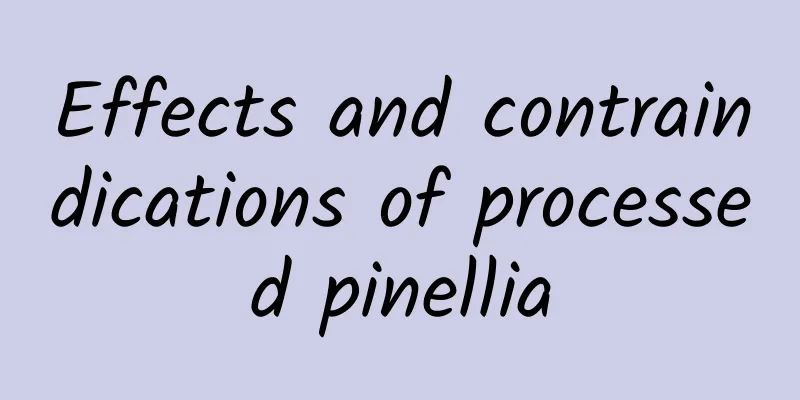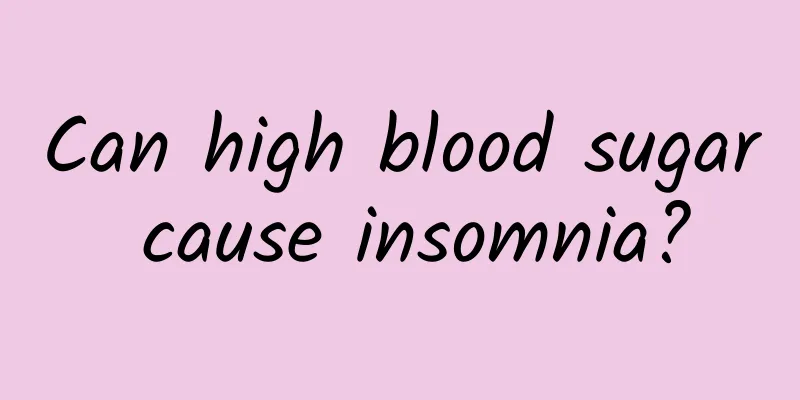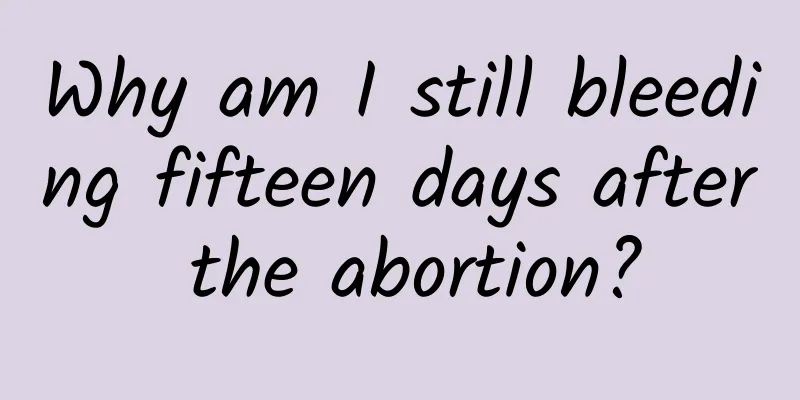What does atrial fibrillation mean? What are the symptoms and signs?

|
Atrial fibrillation can be paroxysmal or chronic. It is a common arrhythmia. Many organic heart diseases may cause atrial fibrillation. Patients will experience symptoms such as shortness of breath, palpitations, fatigue, and chest tightness, and need to be treated as soon as possible. 1. Clinical manifestations of patients with paroxysmal atrial fibrillation (1) More common in male patients: often without organic heart disease. (2) Paroxysmal atrial fibrillation may occur frequently, and dynamic electrocardiograms may show that the attacks may last from a few seconds to several hours. (3) It is often accompanied by frequent premature atrial contractions, which can induce atrial fibrillation. (4) The coupling interval of atrial premature contractions is mostly <500ms, often with P-on-T phenomenon, which can induce short-term atrial fibrillation. (5) Sympathetic nerve excitement, such as excitement and exercise, can induce atrial fibrillation. (6) Younger patients with focal atrial fibrillation have relatively fewer atrial fibrillation episodes. The atria are often small, and in most cases only one pulmonary vein is affected. (7) When paroxysmal atrial fibrillation occurs, if the frequency is not fast, there may be no obvious symptoms. If the heart rate is fast, the patient may complain of palpitations, panic, chest tightness, shortness of breath, pounding heart, irritability, fatigue, etc. Auscultation reveals irregular heartbeat, unequal strength and speed of heart sounds, short and slow pulse, polyuria, etc. If the ventricular rate is too fast, it can also cause low blood pressure or even fainting. 2. Clinical manifestations of patients with persistent and chronic atrial fibrillation (1) The symptoms of persistent (or chronic) atrial fibrillation are related to the underlying heart disease and also to the speed of the ventricular rate. There may be palpitations, shortness of breath, chest tightness, and fatigue, especially after physical activity, when the ventricular rate increases significantly. Syncope may also occur, especially in elderly patients, due to cerebral hypoxia and vagal hyperactivity. (2) Irregular heart rhythm: The first heart sound is uneven in strength and intervals. The ventricular rate of untreated atrial fibrillation is generally between 80 and 150 beats/min, rarely exceeding 170 beats/min. A heart rate >100 beats/min is called rapid atrial fibrillation; a heart rate >180 beats/min is called extreme atrial fibrillation. The pulse is short and clumsy. (3) It can induce heart failure or aggravate existing heart failure or underlying heart disease, especially when the ventricular rate exceeds 150 beats/min, which can aggravate myocardial ischemia symptoms or induce angina pectoris. (4) Increased susceptibility to thrombosis, making embolic complications more likely to occur. If atrial fibrillation persists for more than 3 days, blood clots may form in the atria. Older age, organic heart disease, enlarged left atrial diameter, and increased plasma fibrinogen are all risk factors for thromboembolic complications. |
<<: Can atrial fibrillation lead to death? Sudden cardiac death is very common
>>: Atrial fibrillation daily precautions, four aspects need to be paid attention to
Recommend
Why do young people suffer from chronic cold legs? Why do they suffer from cold legs?
Don’t think that only the elderly suffer from col...
What is the pain under the left ear?
There are many reasons for pain under the left ea...
What Chinese medicine is best for rheumatism?
3. Ghost arrow feather rheumatism is a disease th...
Will there be blood in the stool when getting angry? Tips to prevent blood in the stool when getting angry
Getting angry is a very common phenomenon. Many p...
How to prevent uremia
Speaking of uremia, everyone will feel very scare...
What is the most effective western medicine for tinnitus?
Tinnitus is a common symptom in life. There are m...
Can decayed teeth be filled?
Tooth decay, also known as caries, commonly known...
What to do if the wire of braces pierces your mouth
Braces can be said to be a tool that some people ...
Is it serious if I have inflammation of the right upper lobe of the lung?
The lungs are a very important organ in the human...
Glutamine transpeptidase
Everyone should know that the reason why our huma...
What causes tears in the eyes? 3 most common reasons
It is normal for your eyes to shed tears when you...
Coughing up thick dark brown sputum
Coughing is a common phenomenon in our lives. Man...
I can't poop when I'm sitting down
Being unable to poop while sitting may be due to ...
Wrist tenosynovitis
The hand is the most hardworking organ in our bod...
Quickly relieve palpitation, shortness of breath and chest tightness
Many people feel palpitations, shortness of breat...









